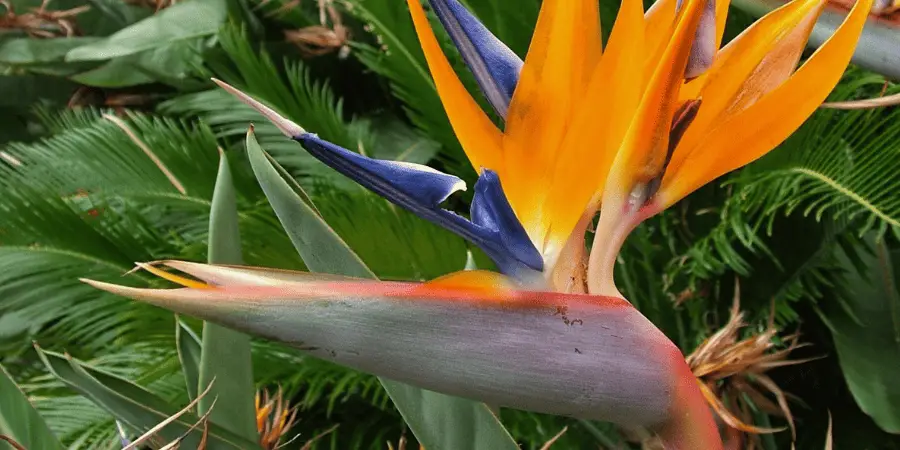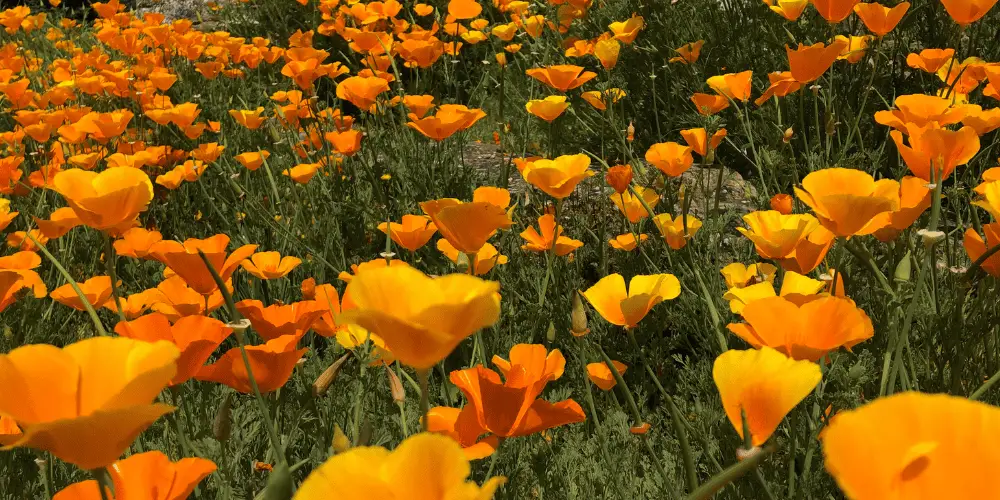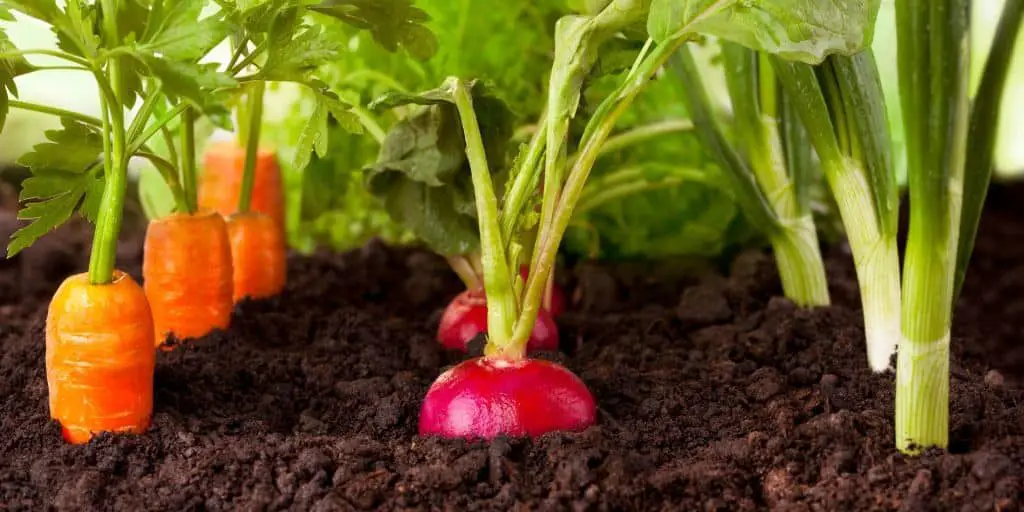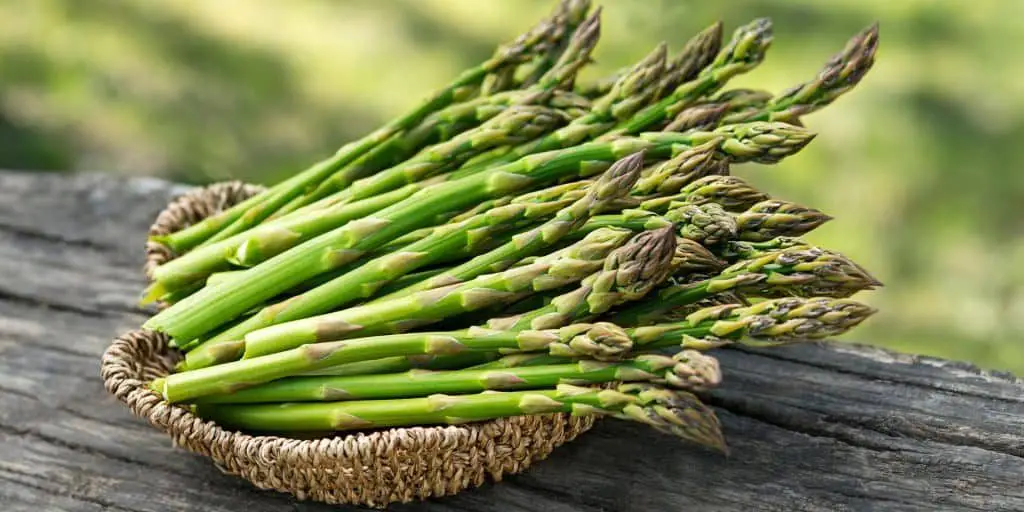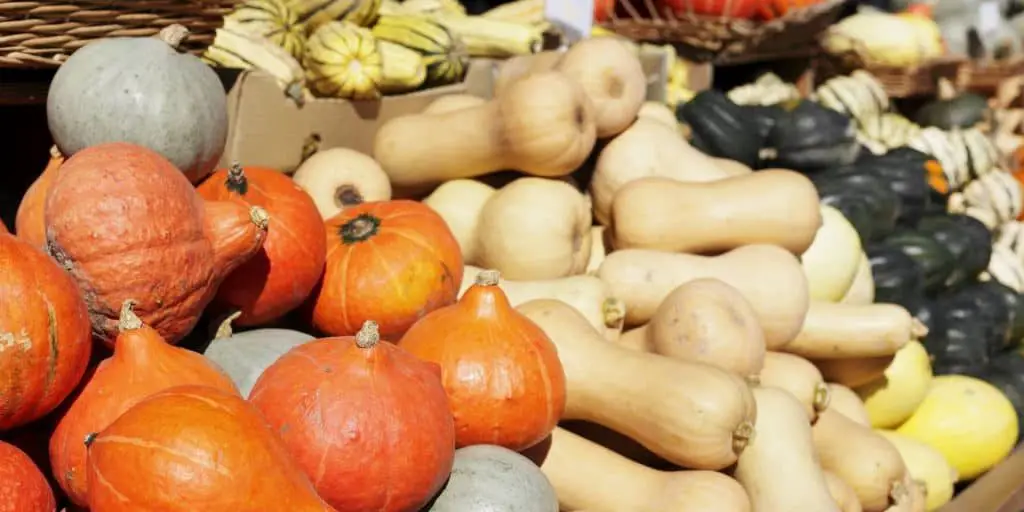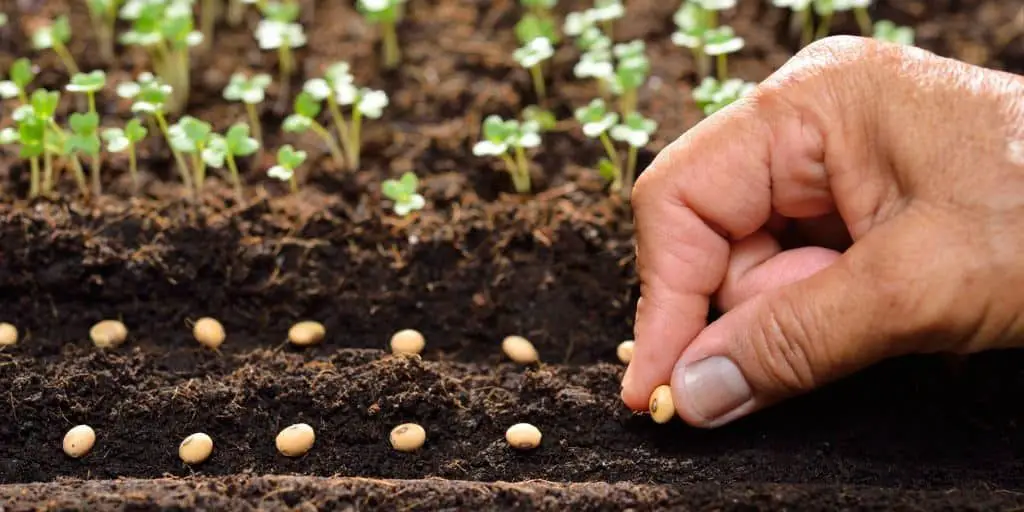
Seeds to Start in Summer
Take a break from harvesting summertime tomatoes to start some seeds!
Summer is actually a great time for seeding more crops–the warm soil makes germination easy, and summer-sown seed will push your overall harvest back into late summer, fall, and even early winter.
Some of the best seeds to sow in summer include:
- Broccoli
- Cauliflower
- Bush Beans
- Carrots
- Flowers
- Turnips
- Radishes
- Rutabagas
- Beets
- Pumpkin
- Winter Squash
Let’s take a quick look at each one of these crops and learn about the best time and method for starting these seeds in summer.
Broccoli and Cauliflower
These cruciferous veggies have their best flavor when they grow in cool weather, so they are ideal for summer seeding.
If you live in a zone with colder winters, aim to seed (in flats or in the field) your fall crop of broccoli and cauliflower by the end of May. In places with milder winters, you can seed in June to early July, and some of the warmest climates can get away with a seeding in September or even later.
Bush Beans
Bush beans grow quite quickly and they like growing in the heat, so it’s easy to do a secondary summer seeding.
They are also easy to start out in your garden instead of inside. Some bush beans mature in 50 days, while others take around 60, so make sure you have that many days left in your growing season. July is generally a great time to seed more of these, and in milder climates August as well.
Carrots
Carrots, like broccoli and cauliflower, have their best flavor when they get some cold weather. They’re also a great late summer/early fall harvest, and some types have a long storage life.
Carrots have a three-week harvest window; after this the roots tend to crack and get pithy. The best way to get a long harvest, then, is to sow three times: once in early spring, once three weeks later in early summer, and then three weeks after that in midsummer.
Flowers
There are plenty of flowers that will grow from seed and flourish in the months between summer and fall frost:
- Calendula
- Chamomile
- Cosmos
- Flax
- Nasturtium
- Violets
- Pansies
Except for flax and cosmos, all of these flowers are edible, and violets and pansies will often survive the first few frosts of the season.
Turnips, Radishes, Rutabagas, and Beets
These humble root vegetables are perfect for summer sowing because in most climates, they will happily weather several light frosts before they need to be harvested.
Radishes only need about three weeks before they are ready to be harvested, and in fact they become less tender and flavorful after four weeks.
Turnips and rutabagas taste best after at least two frosts; beets are fairly impervious to all but the heaviest frosts, but taste better and have better texture when harvested a bit earlier at a smaller size.
If you’re interested in storing some root vegetables for winter, beets, turnips, and rutabagas all store well. Simply remove the tops at harvest time and store them at 32–40°F (0–4°C) with 90–95% humidity for 4–6 months.
Pumpkin & Winter Squash
Pumpkins and other winter squash are fall favorites, but they have a long growing window so they must be seeded in summer. Kabocha squash and butternut squash can also be stored 32–40°F (0–4°C) with 90–95% humidity for about 4 months.
How to start seeds outside in summer
The key to starting seeds outside in summer is moisture. The soil is nice and warm, but so is the air, and water in the soil evaporates at a faster rate than in cooler weather.
First, look at your seed packet–it should tell you how far apart to place each seed. You can choose to seed in rows or in looser groups, or even follow the square foot gardening method and place them in a grid. Make sure not to place the seed too deep!
Second, gently water the area you’ve seeded. Be careful not to wash any seed away.
Third, spread a layer of fabric on top of the soil–something fairly thin and permeable. Old bedsheets work, as do re-used coffee bean burlap bags, or you can invest in some row cover. This layer will hold in moisture and protect the seed from birds or other critters as it germinates. To water, you can pull the fabric back and water, or you can simply wet the soil through the fabric.
The seeds will germinate anywhere from 7 to 14 days from time of seeding–again, check out your seed packet for the exact timing. Check under the fabric every few days. Once you see tiny green cotyledons popping up, germination has happened!
At that point you can remove the cloth, but continue to water carefully, since a too-powerful stream can still rip seedlings out of the ground.
Give your new seedlings a few weeks, and soon you’ll have a harvest that will take you from summer to fall!
